The Sydney Opera House is an Australian icon. Designed by Danish architect Jørn Utzon, the building represents innovation in architecture and engineering and provides a space to realise creative ambition. It has become a symbol the world immediately associates with Sydney and Australia.
More on the Sydney Opera House
The Sydney Opera House broke new ground for design and engineering when it opened in 1973.
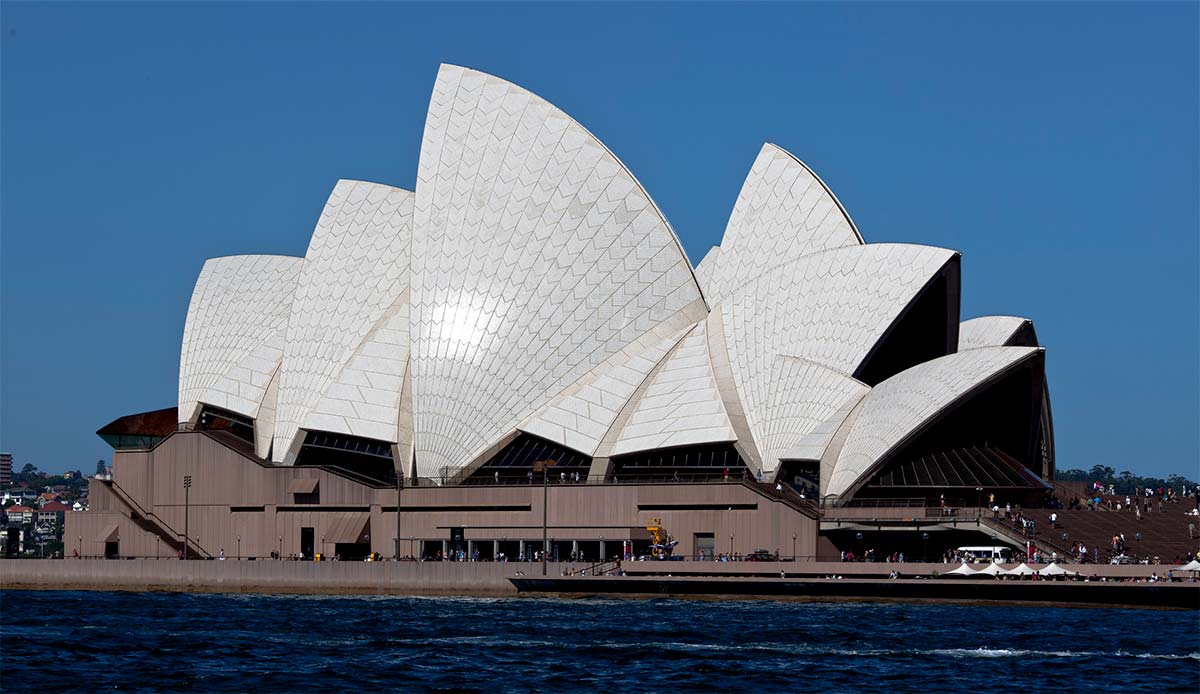
Sydney Opera House, 2010
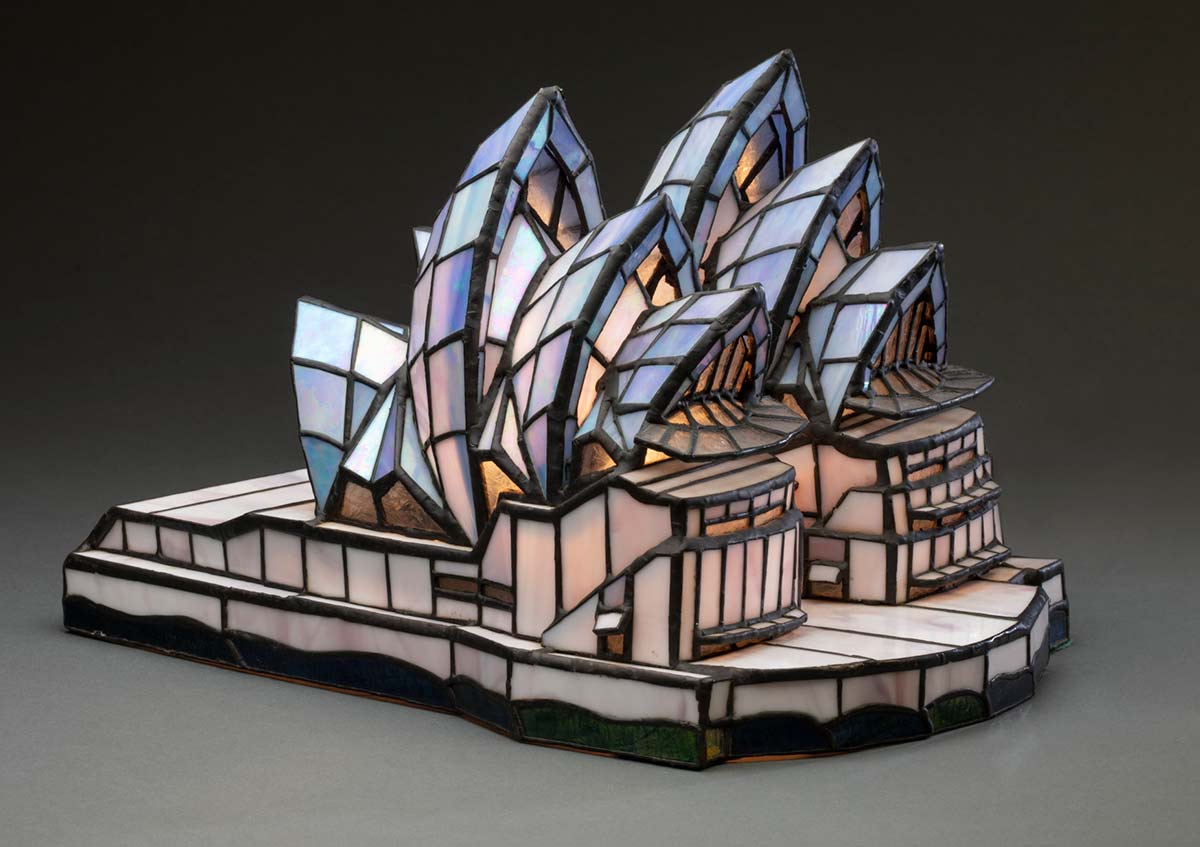
Sydney Opera House leadlight lamp, 1980s
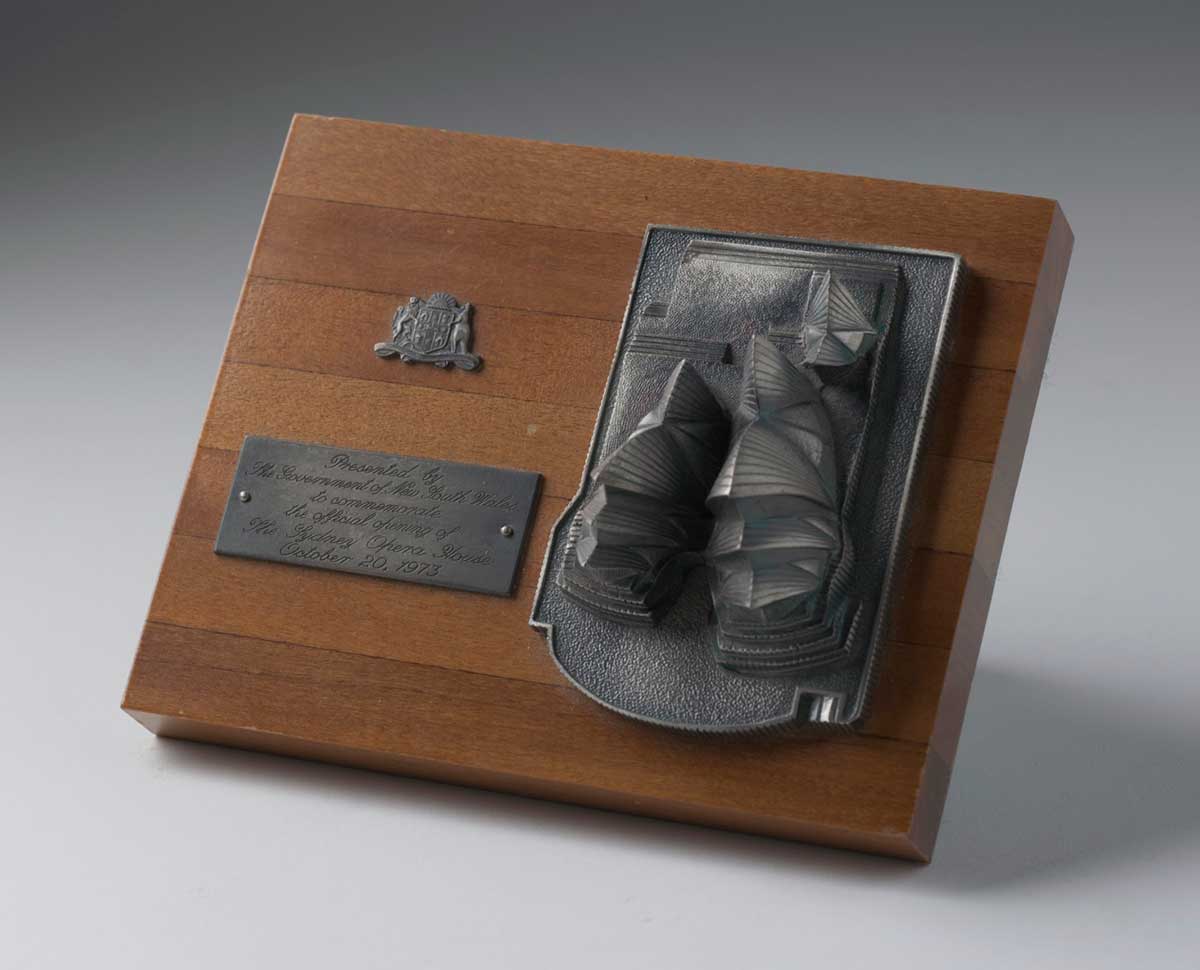
Plaque to commemorate the opening of the Sydney Opera House, 1973
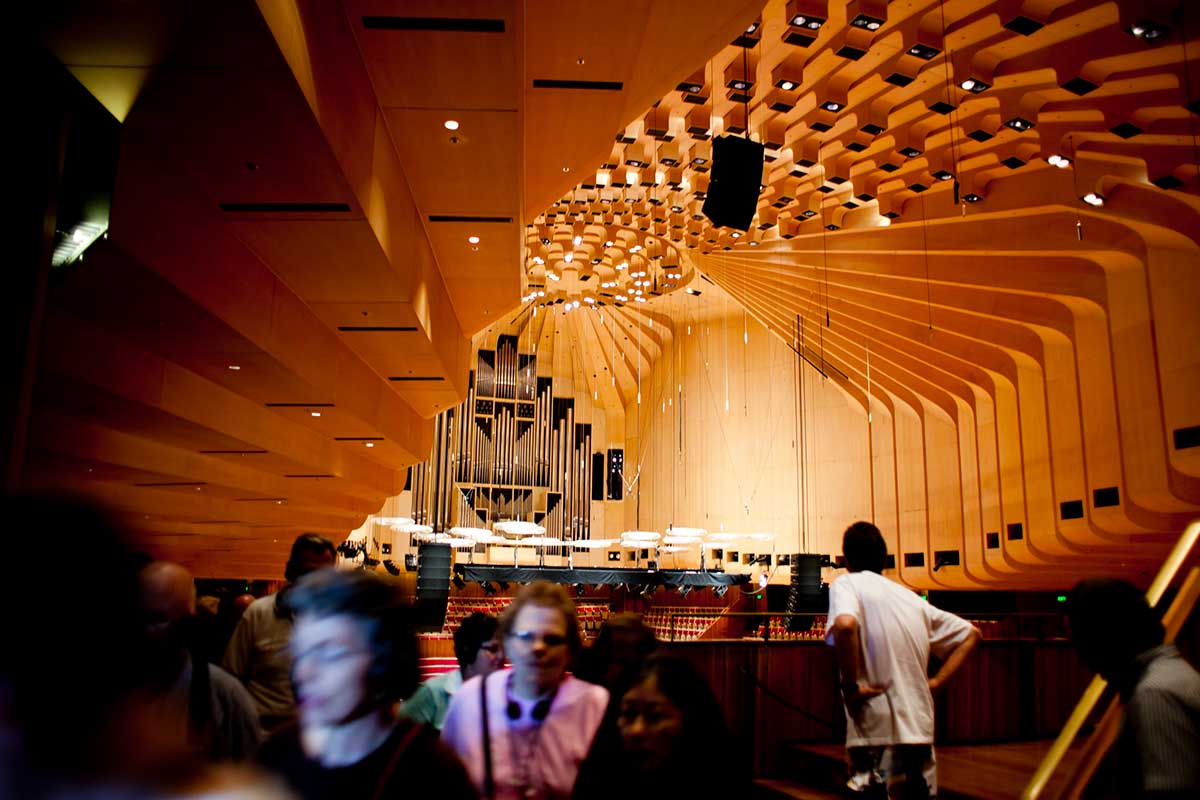
Inside the Concert Hall at the Sydney Opera House, 2011

Sydney scene postage stamp mural by Alban Watkins, 1988
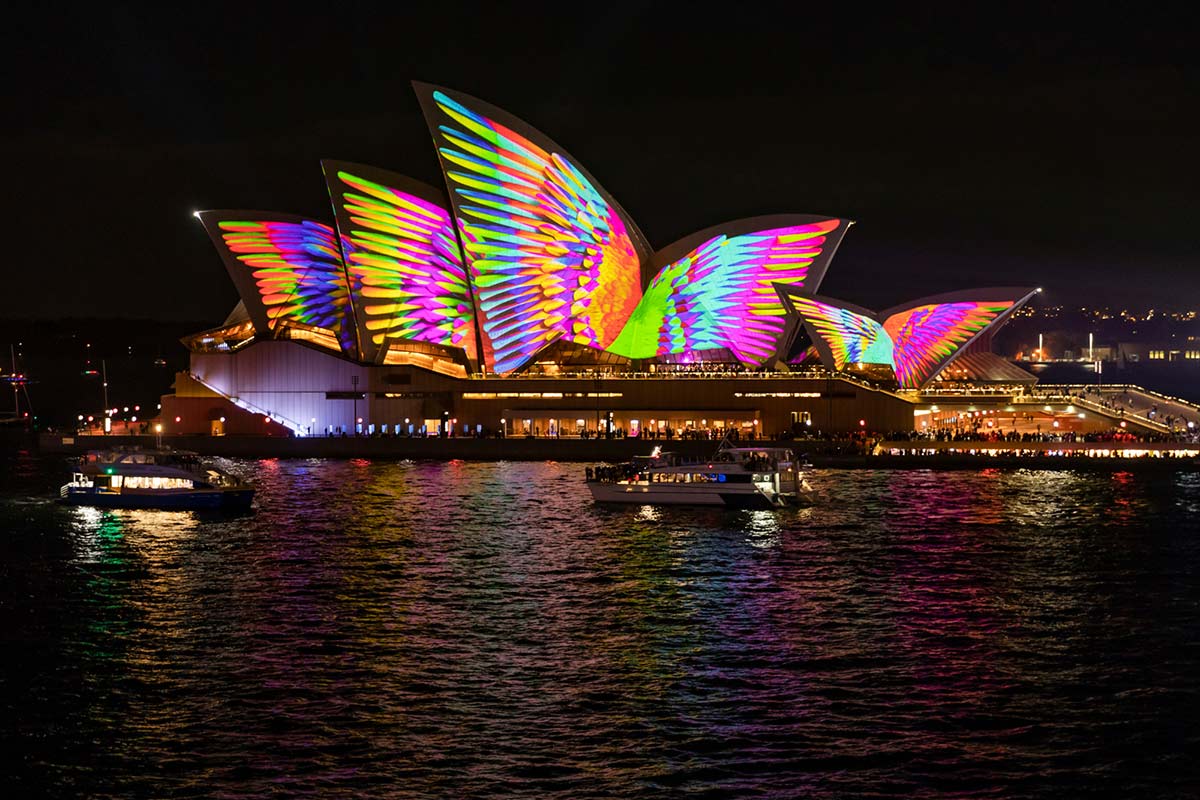
Jonathan Zawada's 'Metamathemagical', part of Vivid Sydney’s Lighting of the Sails, 2018

Sydney Opera House tiles, 2010
![Trophy in the form of an irregularly-shaped vertical clear acrylic panel [reminiscent of the Opera House sails] on a rectangular clear acrylic base.](https://www.nma.gov.au/__data/assets/image/0007/763144/MA59278110-Mardi-Gras-trophy-1200w.jpg)
Sydney Gay & Lesbian Mardi Gras costume award, 1994
UNESCO World Heritage List
In 1956 Danish architect Jørn Utzon won an international competition to design a performing arts centre for Sydney on Bennelong Point. The site was cleared and landforms levelled. Utzon’s dramatic modernist vision began to rise on the harbour’s edge.
Built during a major period of urban expansion, the Sydney Opera House reflects an optimistic moment in the city’s history. More than 10,000 people worked on the project.
After some financial difficulties and political controversy, it was officially opened by Queen Elizabeth II in 1973.
Described by Utzon as a ‘large, white sculpture’, the Sydney Opera House is a monument to beauty and creativity. In 2007 the building was added to the UNESCO World Heritage List – the youngest cultural site to be selected.

Bennelong's home
When the first British colonists arrived at Sydney Cove in January 1788, they unloaded their livestock and supplies onto what is now known as Bennelong Point. The peninsula was an important site for the local Gadigal group of the Eora people who regularly visited to fish and gather oysters.
Gadigal people know what is now called Bennelong Point as Jubgalee or Tubowgule, meaning white mud or clay. The first colonists called the peninsula Cattle Point, and then Limeburner’s Point, because they burnt the oyster shells discarded there by the Gadigal to make lime for much-needed building mortar.
In 1790, Bennelong, of the Wangal group of the Eora people, asked Governor Arthur Phillip to build him a brick house at the far end of Limeburner’s Point. Bennelong had been helping the colonists learn Eora customs and language and Phillip readily complied with his request. The peninsula became Bennelong Point. Two years later, after Bennelong left Sydney for Britain with Phillip, the settlers demolished his house, which had become a gathering place for Aboriginal people. It was replaced with a gun battery.
After the government forcibly removed local Aboriginal people who camped there, Bennelong Point became a busy wharf and landing area and eventually a tram depot.
In our collection